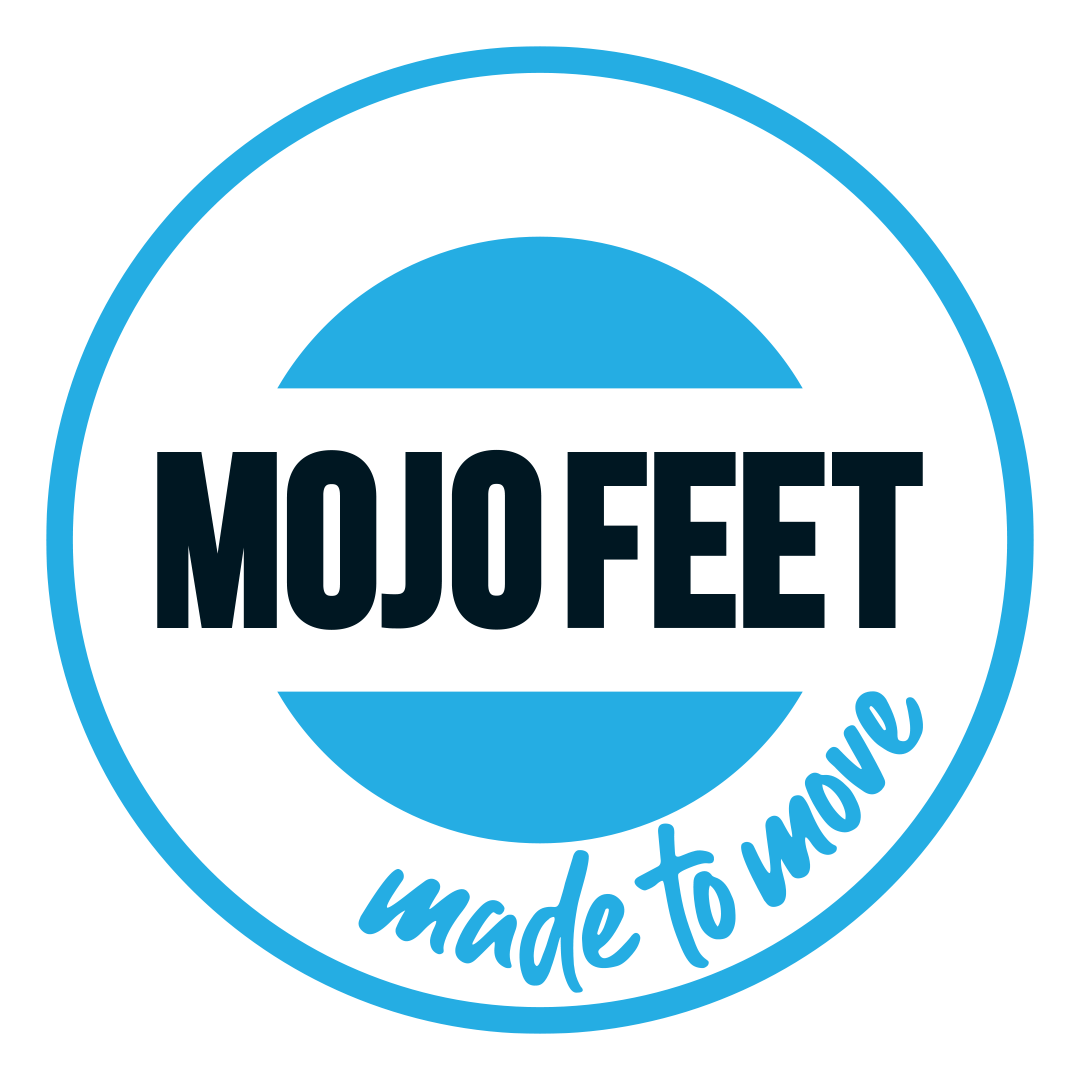Casting Position? Orthotic Design?
Correction with a custom orthotic starts with a casting process for the foot. The position we recommend for casting the foot is the opposite of the deforming forces of gravity and body weight. It is a high energy, high-arched position of the foot. The goal of the casting position is to maximize the potential energy of the foot, and the goal of the orthotic is to support the movement from the starting position.
Rather than focus on specific bone positions we are focused on maximizing the range through which the foot can function. We cast at the high end of the range, and allow pronation to the low end. This optimizes both the potential energy and the elastic energy of the system. Cast at high end of the functional range and control the foot through the low end of the range. This range is different for everyone and the boundary conditions for the system include the individual’s anatomy and the material properties (flexibility, rigidity, structure) of their foot.
In summary, the low-arched orthotic with transverse plane corrections (posts) primarily operate in a single plane and control the end range of motion while a high-arched orthotic that does not appropriately deflect prevents the transfer of potential to kinetic energy. While both of these positions may prevent pain on some level, our goal is to optimize the entire range. For these reasons we do not advocate casting in the subtalar neutral position. We believe this is a suboptimal position for casting the foot. While preventing some pronation, it focuses on transverse plane corrections of the calcaneus, rather than considering the anatomy and energy of the entire foot.
What makes a good custom orthotic effective is its consideration of the individual. We are all different, we have different foot types, different body weights, and we are active in different ways. These factors should be considered in the manufacture of a custom device. The full-contact nature of a device and its ability to control pronation by deforming through a functional range, are the most important characteristics. By casting the foot in a corrected position, applying a corrective full-contact force, and allowing pronation to occur in a controlled manner, the efficiency of the foot is maximized and pathologic forces are minimized.
